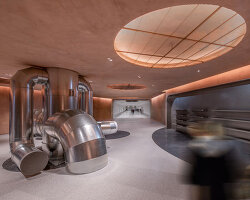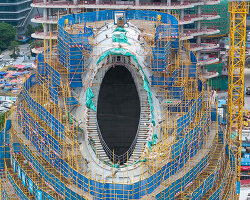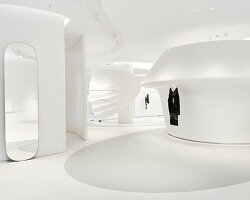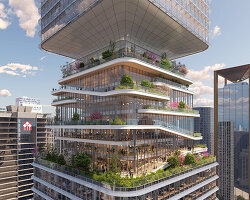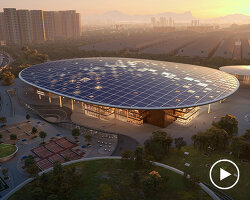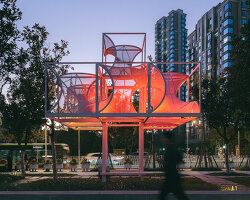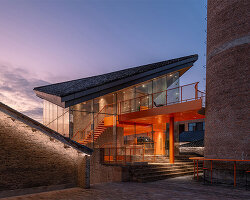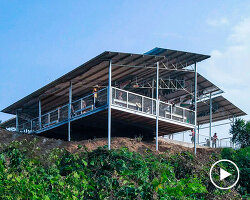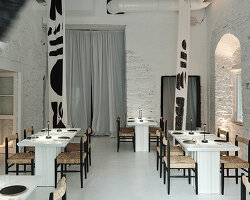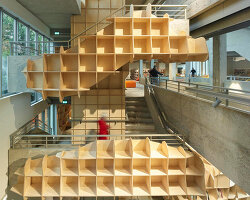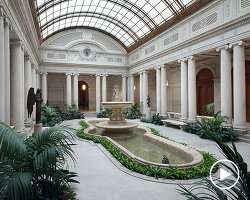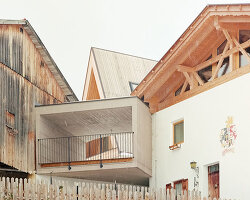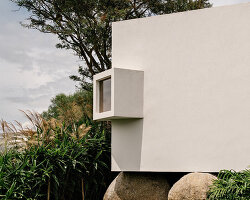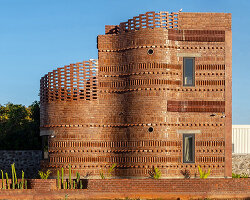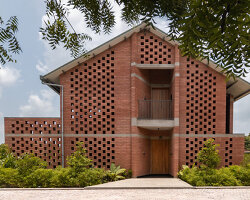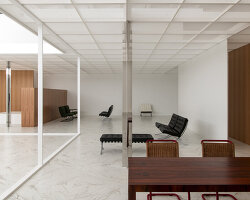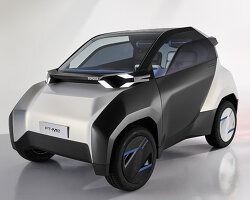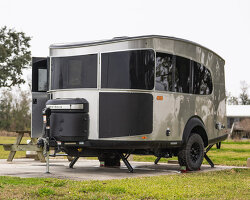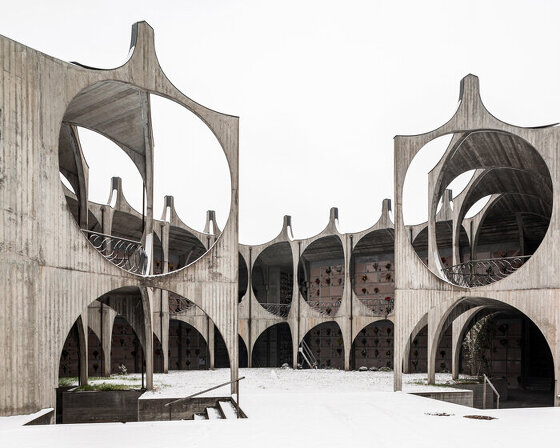transforming an existing property into a positive energy house
Sited in the Longgang District of Shenzhen, the Positive Energy House is inspired by nature’s resilience and rejuvenation. People’s Architecture Office took on the project back in 2021, transforming an existing dwelling into a net-positive energy building, powered by layers of solar roofs. In others, not only does it diminish its environmental impact but also actively contributes to regeneration by producing surplus energy. ‘[It] showcases how older buildings can be revamped for peak efficiency without starting from scratch,’ notes the design team. ‘Renovating existing properties aligns with environmental sustainability principles, contrasting with the resource-intensive process of demolition and reconstruction.’
Positive Energy House | image © ZC Architectural Photography Studio
People’s Architecture Office creates double-layer intervention
The renovation by People’s Architecture Office (see more here) involved adding two additional layers to the existing structure, enveloping it with a well-sealed and insulated skin for better energy efficiency. This new layer creates an interstitial atrium space on the south side of the Positive Energy House, beyond the original building but within the insulated shell. Enclosed with a triple-glazed glass facade, the atrium incorporates operable windows and doors for passive ventilation during mild weather. Within the original building, an air vent complements the existing elevator core, utilizing the chimney effect to draw air through the house while also serving as a light well to maximize natural illumination. During moderately severe weather, the atrium can be sealed and mechanically ventilated for efficient cooling, reserving air conditioning for more extreme conditions. Additionally, the atrium features a climbing wall tailored for the owner, an enthusiastic rock climber, spanning across and granting access to all four levels.
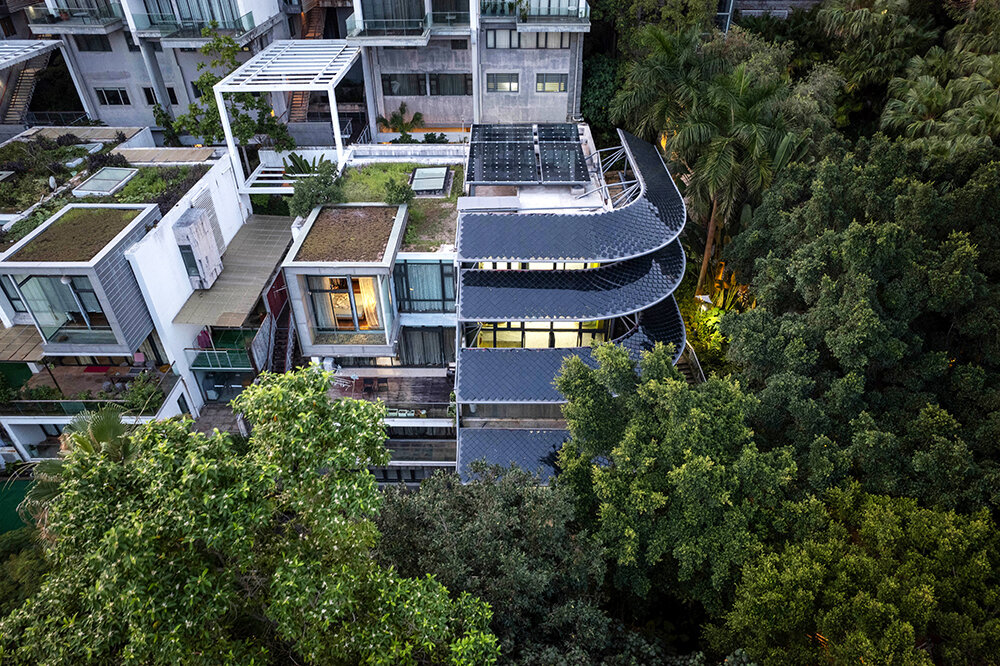
image © ZC Architectural Photography Studio
curvilinear solar roofs offer shade and outdoor terraces
Extending beyond the new skin of the Positive Energy House is a stacked layer of curvilinear roofs, tiled in solar panels to create a cohesive architectural form. These roofs harness the sun’s energy to power the house and are adorned with cadmium telluride photovoltaic panels. Supported by lightweight prefabricated truss structures, these roofs offer significant shade for the house and outdoor terraces while maintaining unobstructed airflow and sightlines. ‘The concept of wrapping an existing house with two additional layers to reduce energy consumption and generate electricity serves as an innovative strategy and a model for sustainable renovation,’ concludes People’s Architecture Office.

curvilinear solar roofs | image © People’s Architecture Office
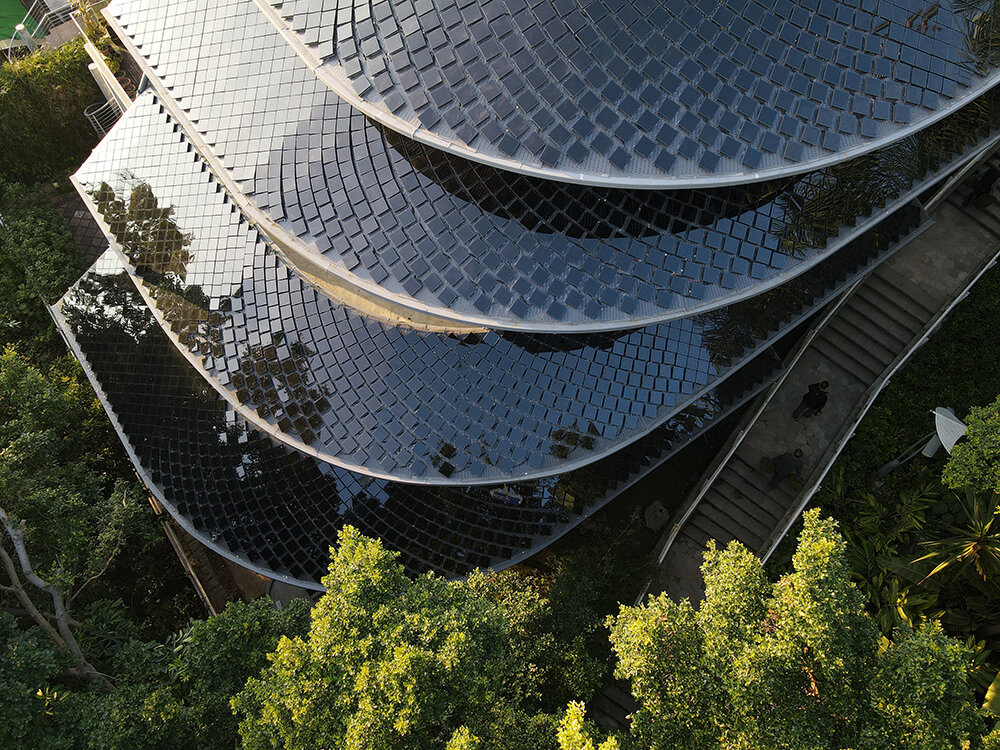
image © People’s Architecture Office
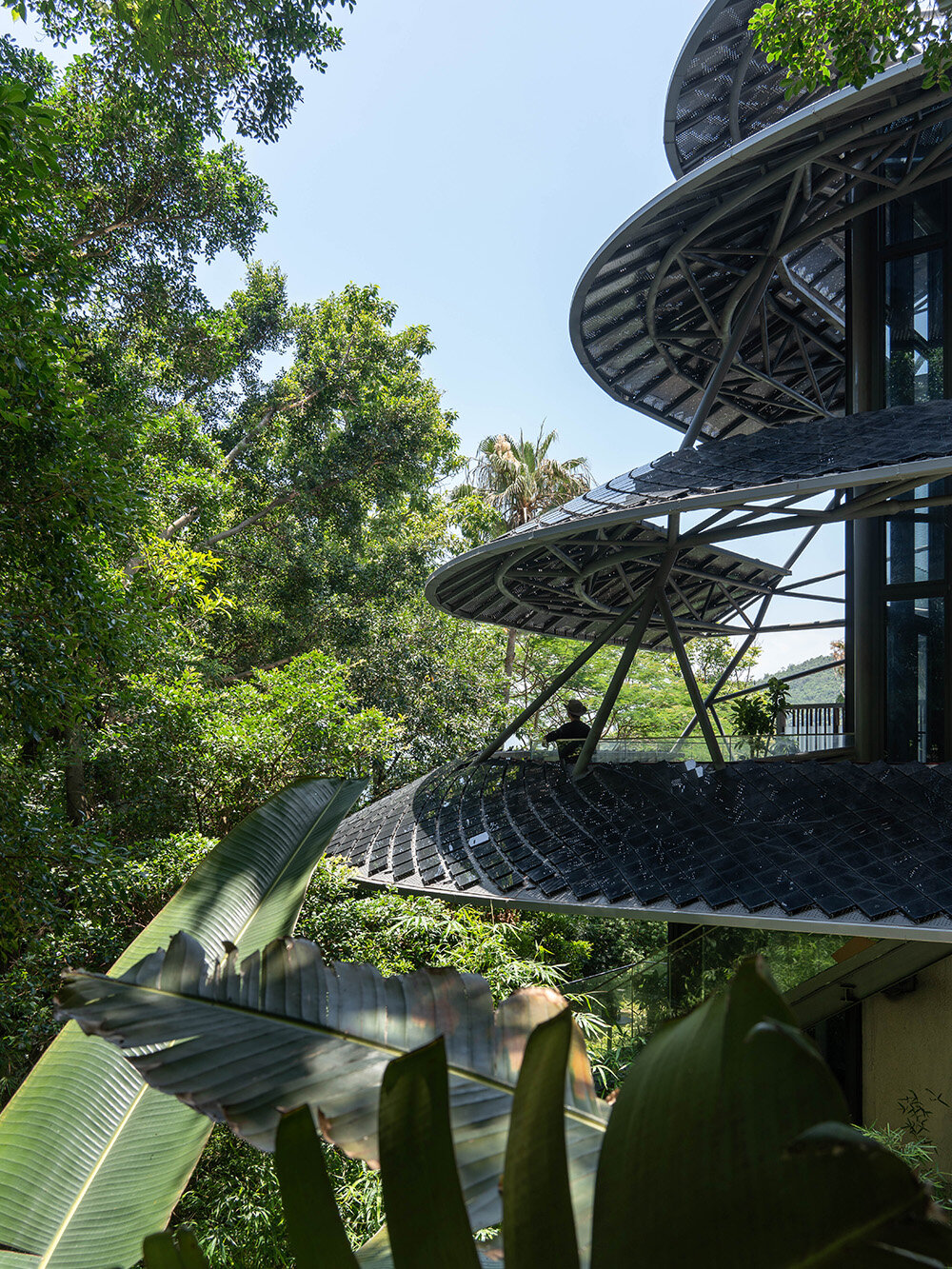
image © ZC Architectural Photography Studio

image © People’s Architecture Office
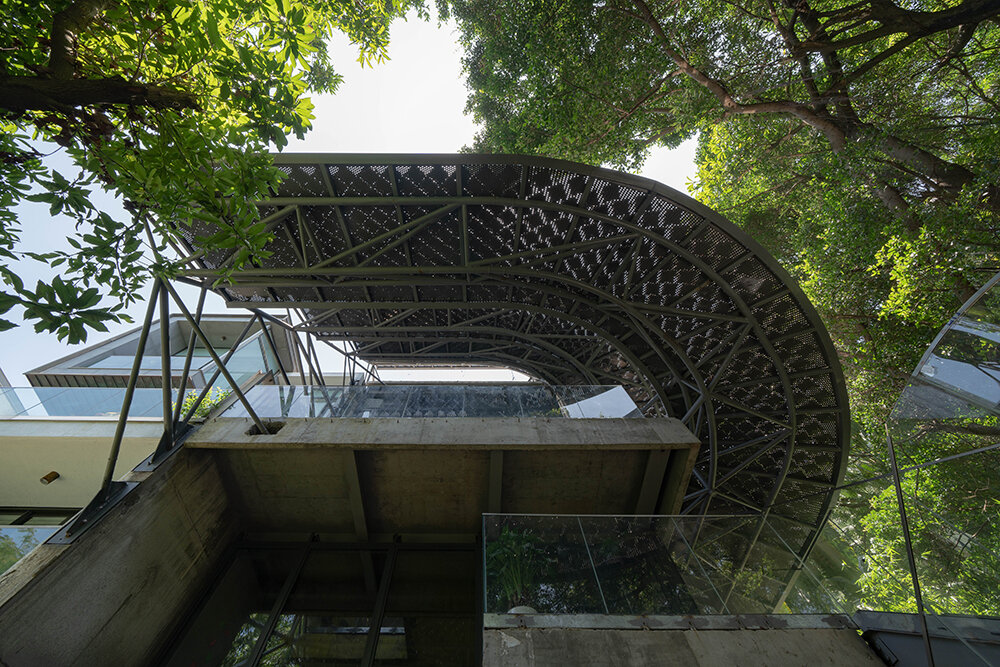
image © ZC Architectural Photography Studio
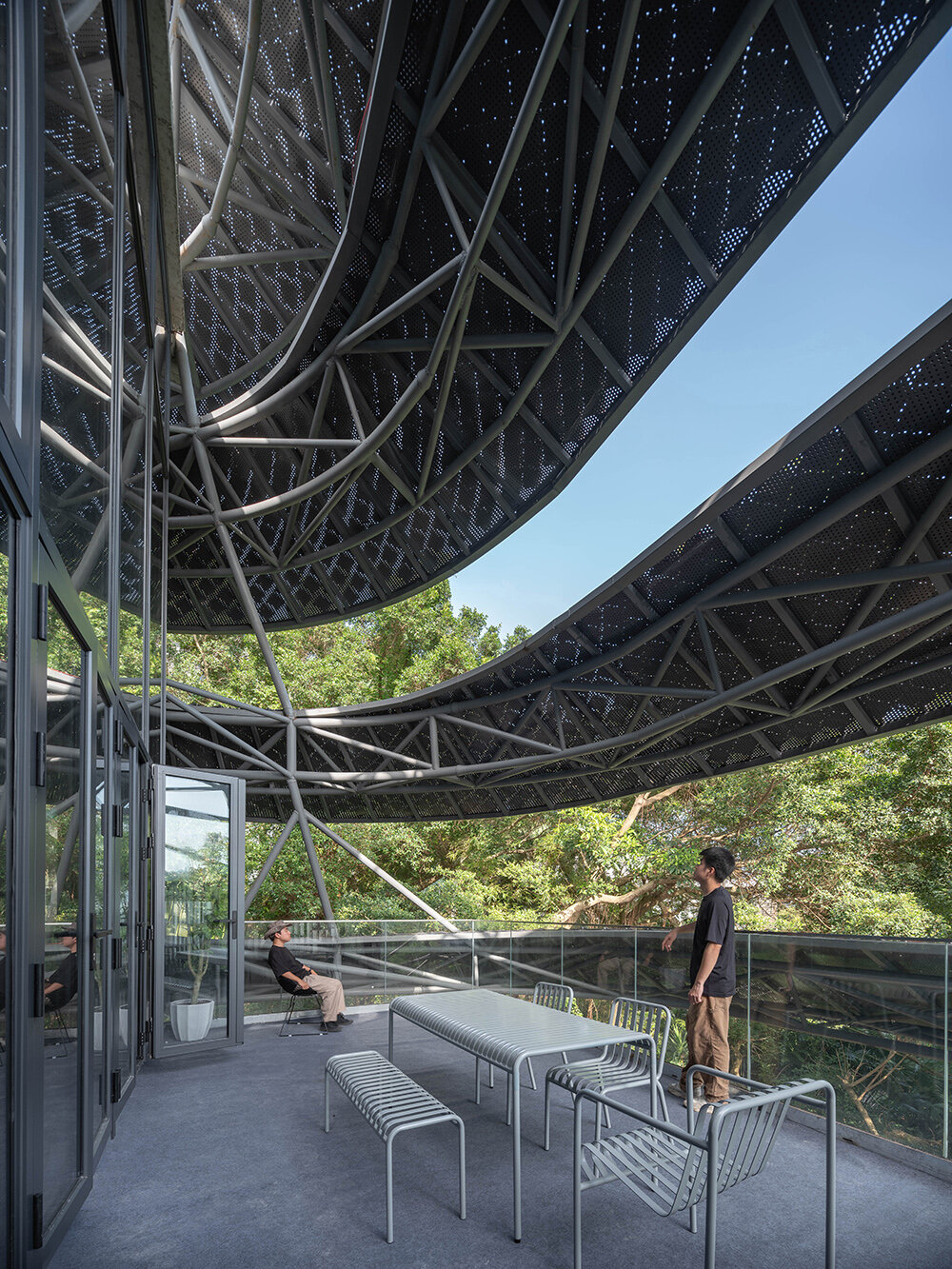
two additional layers to the existing house | image © ZC Architectural Photography Studio
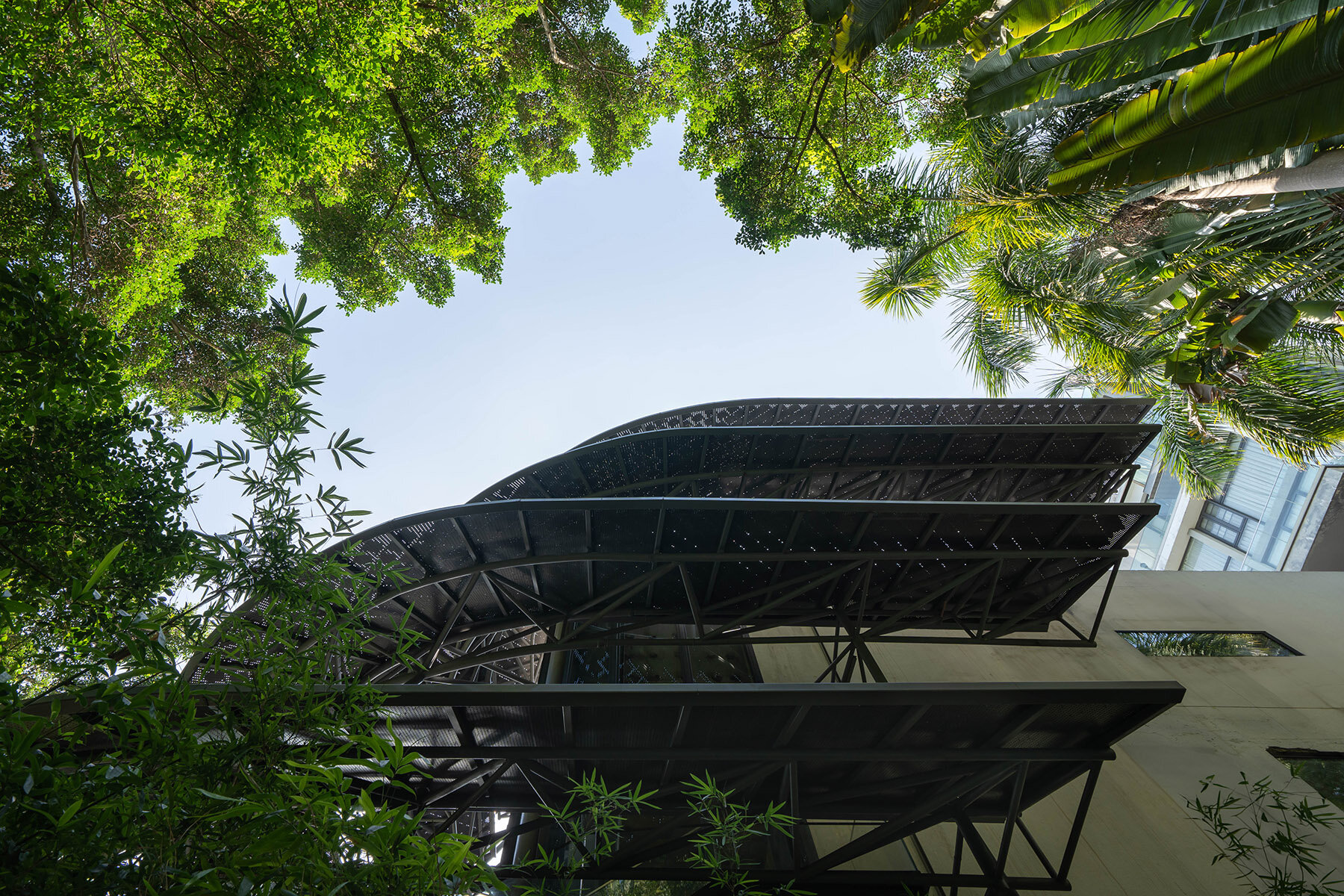
image © ZC Architectural Photography Studio
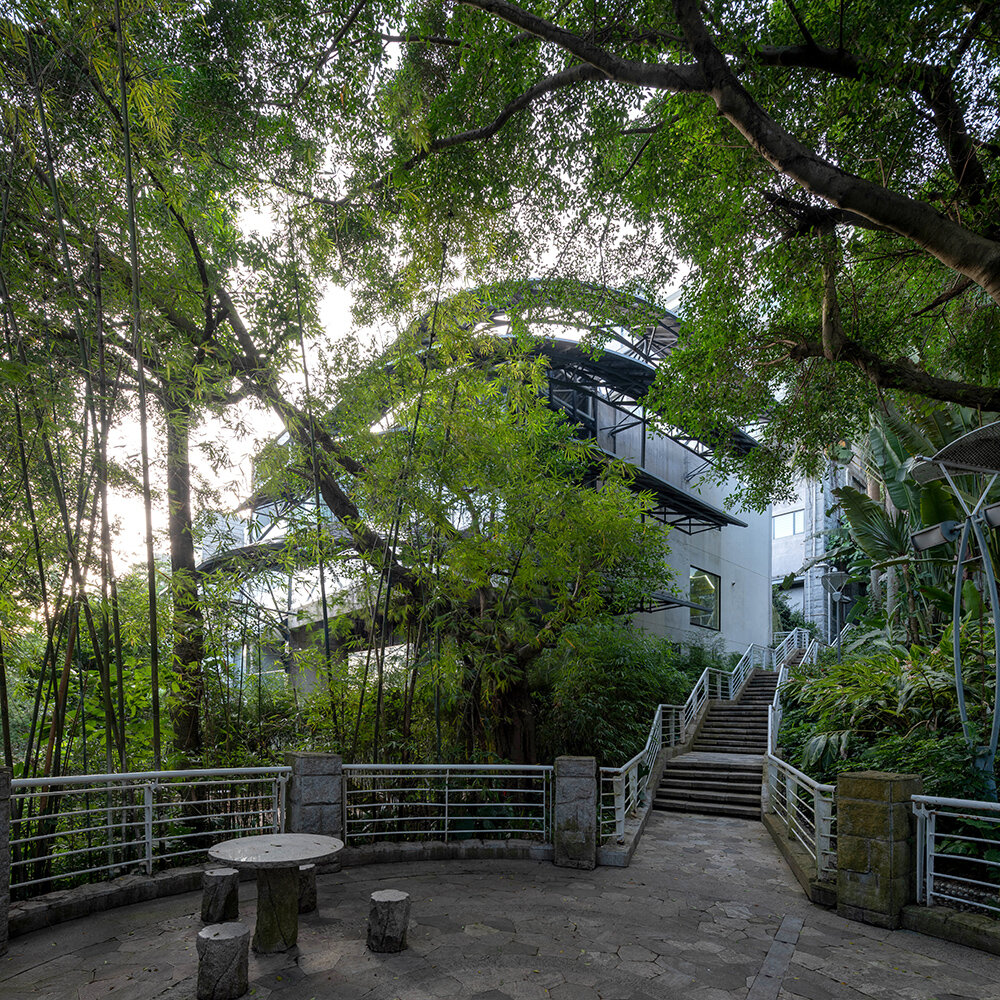
image © ZC Architectural Photography Studio
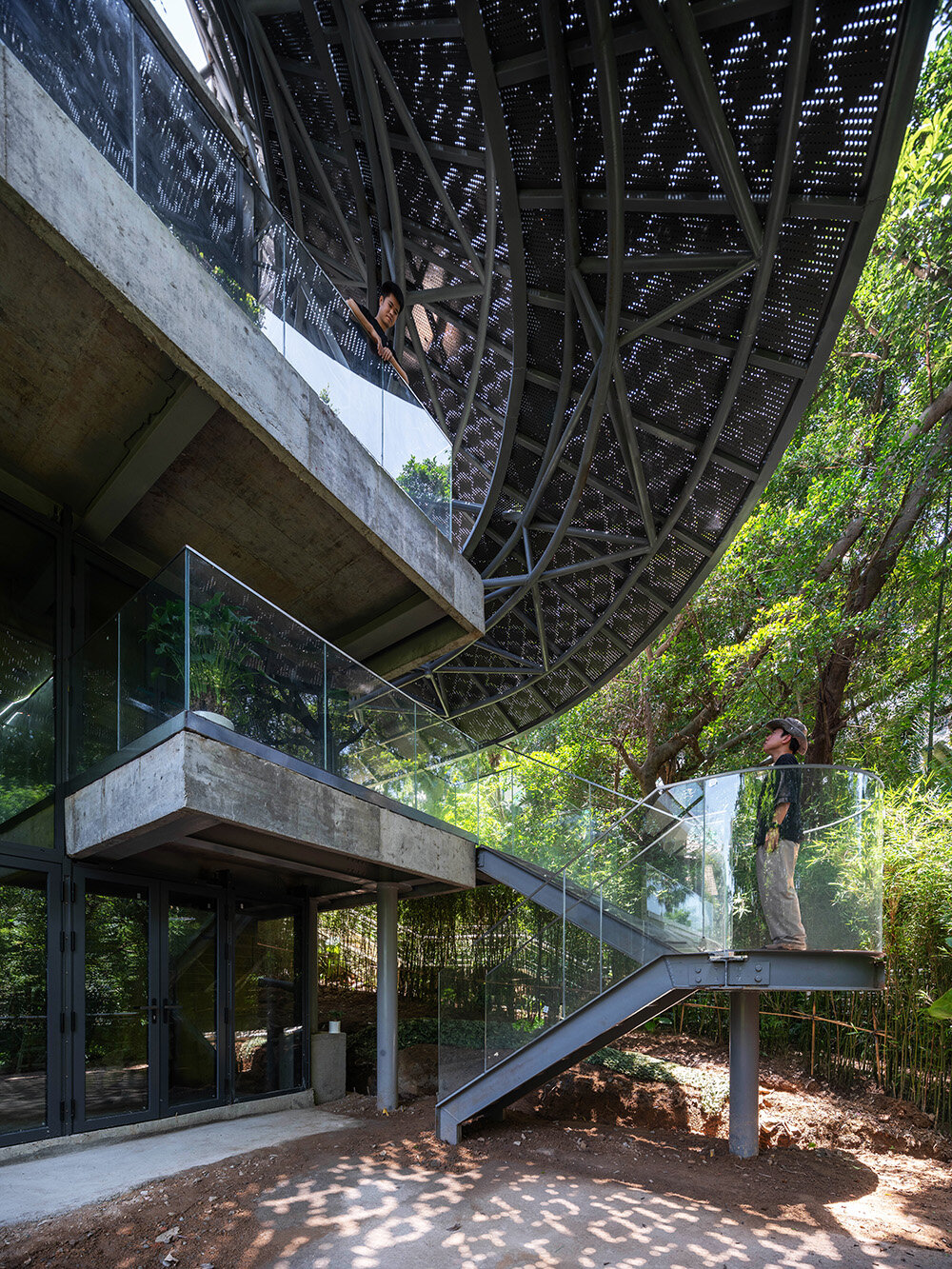
image © ZC Architectural Photography Studio
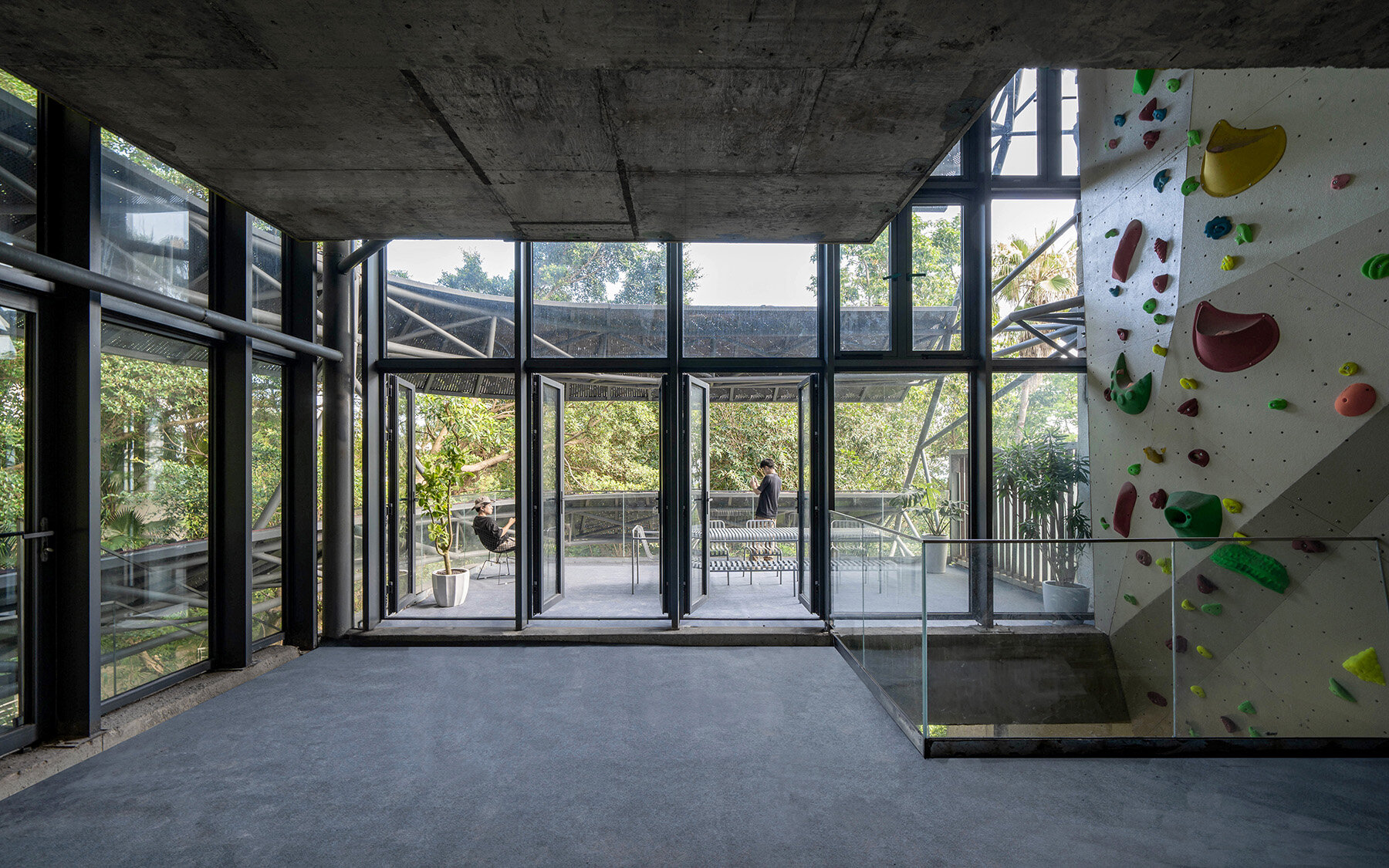
image © ZC Architectural Photography Studio
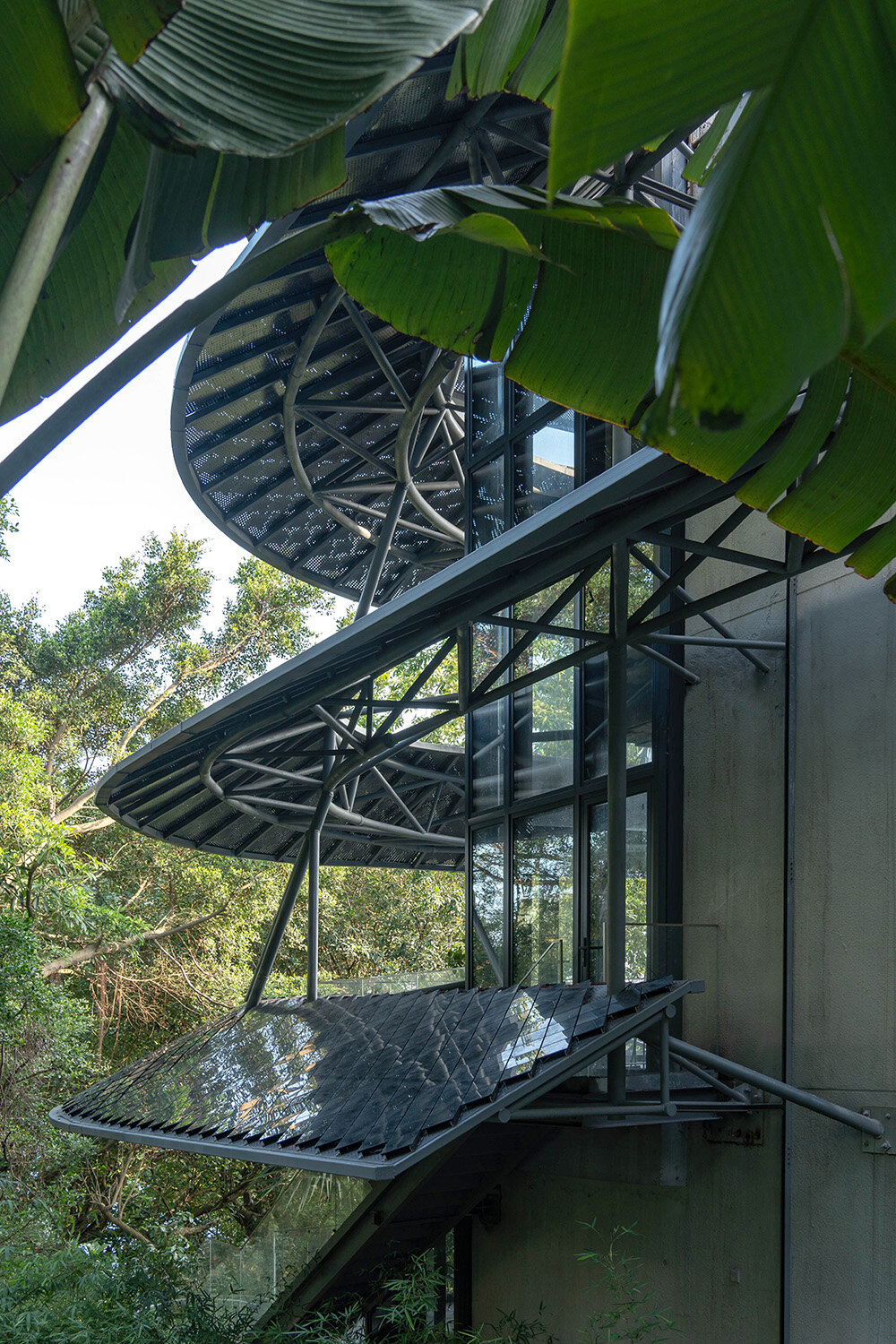
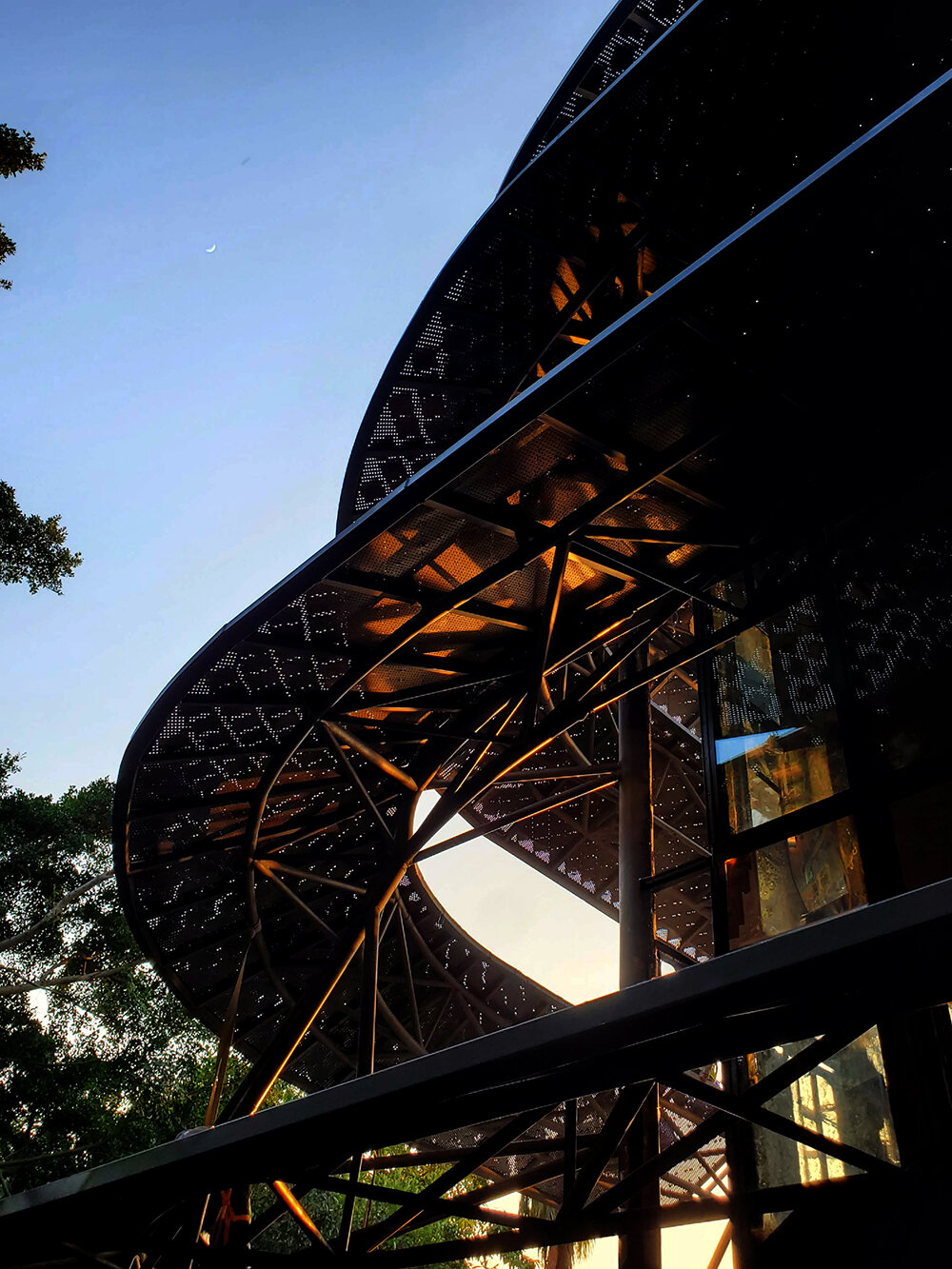
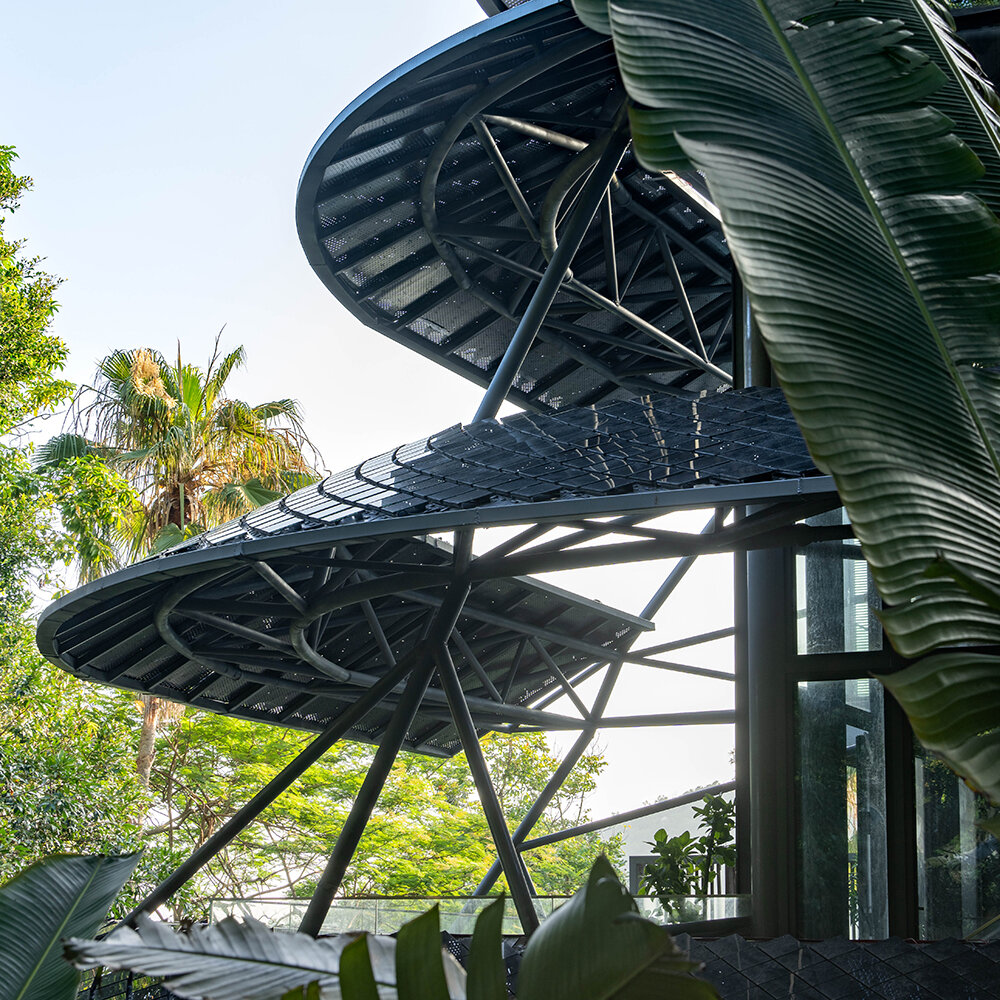
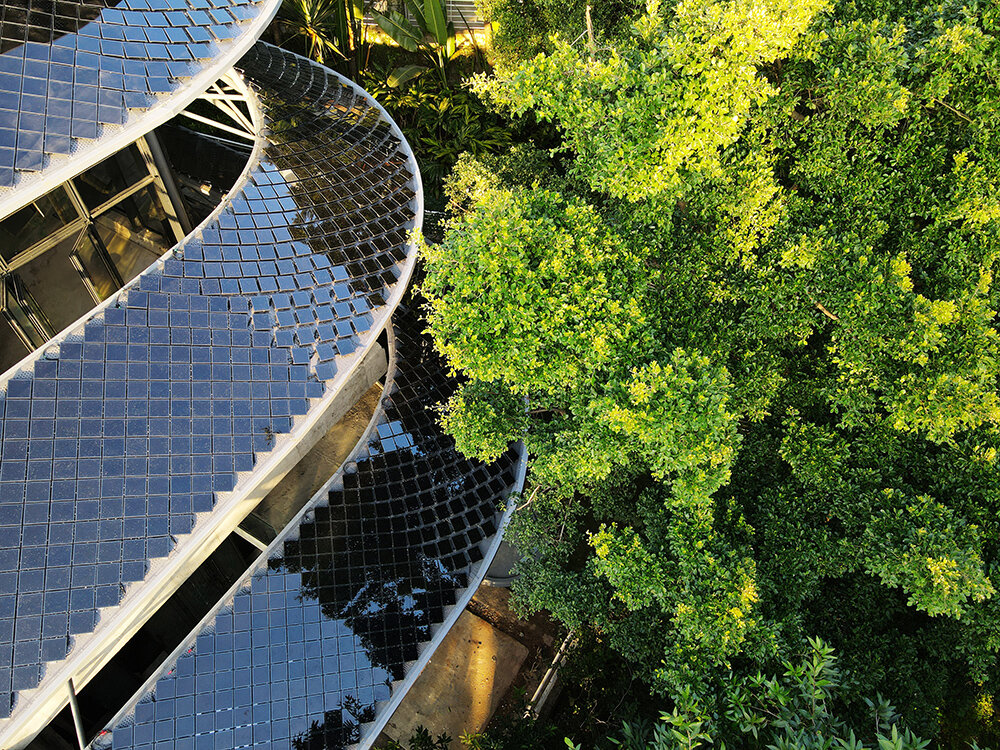
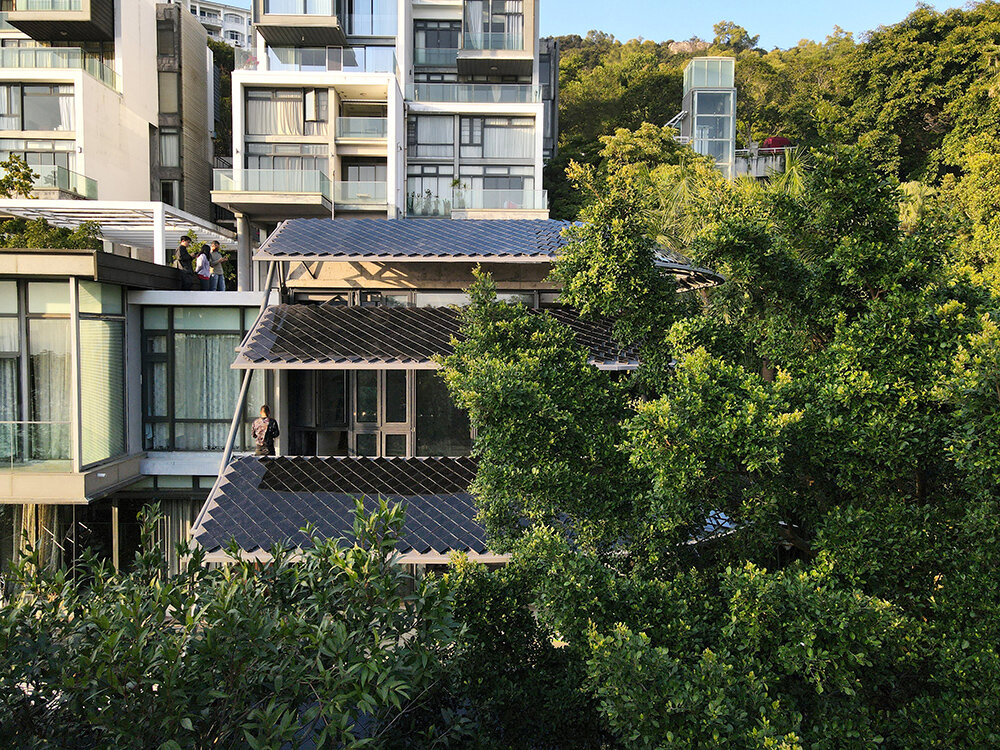
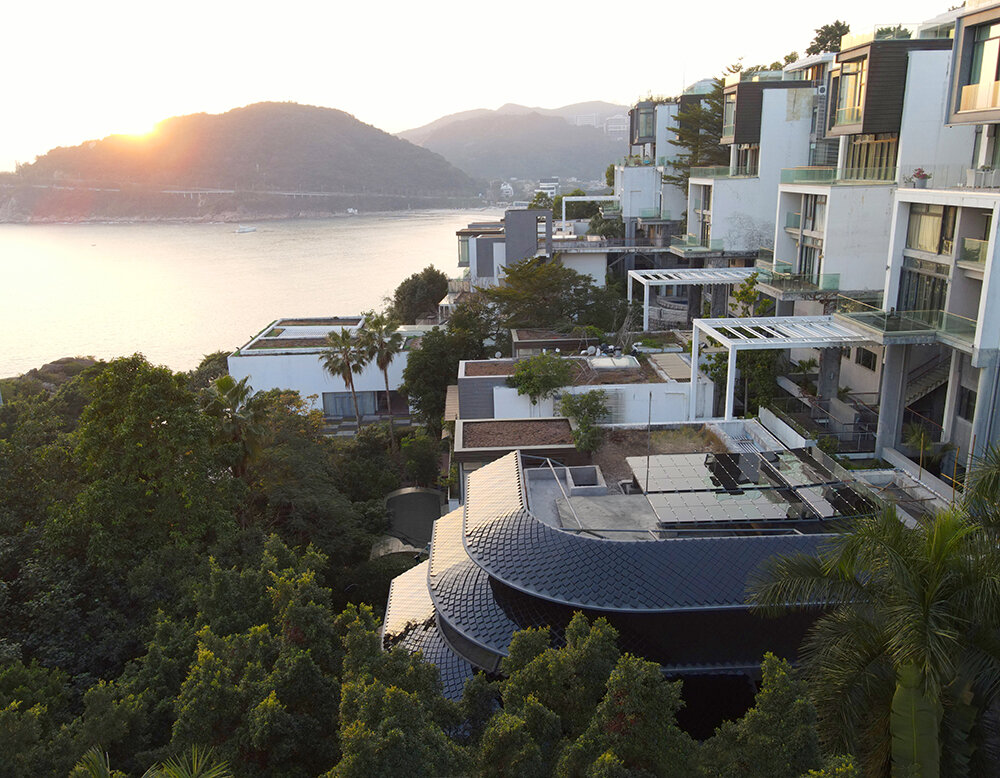
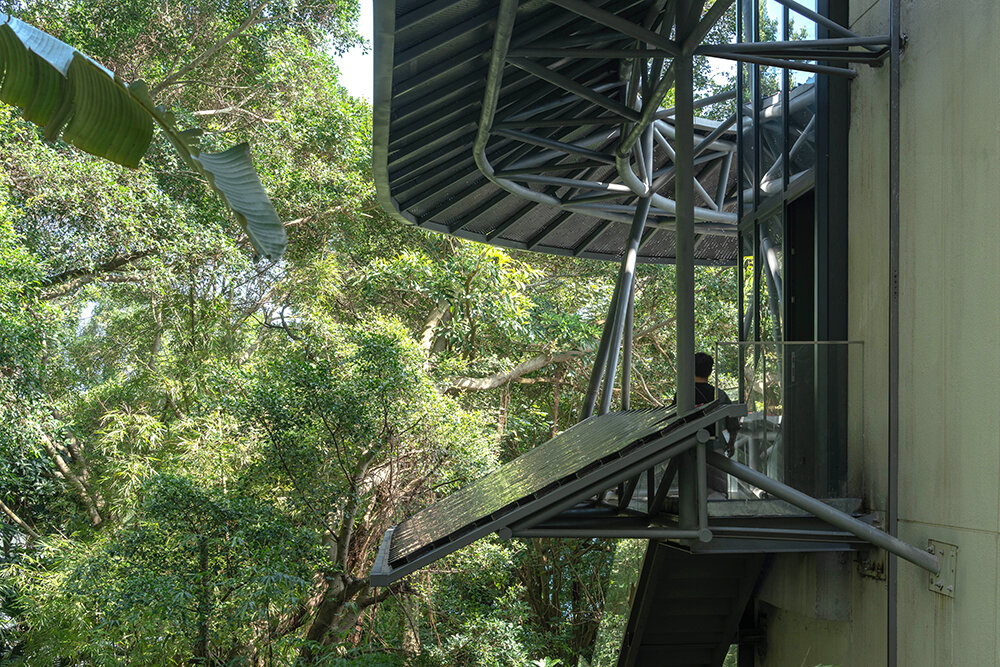
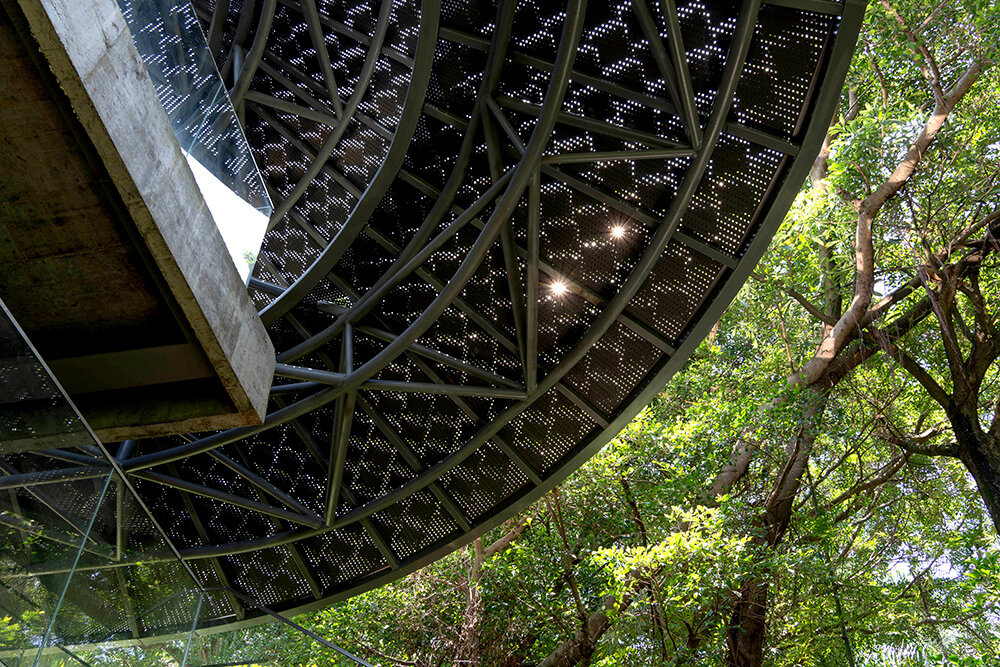
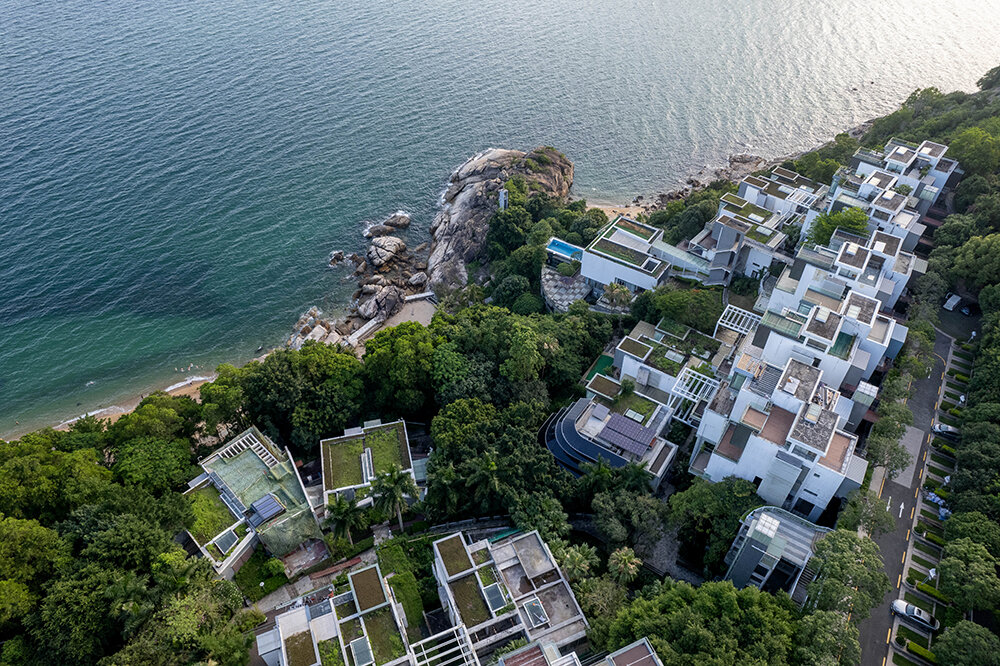
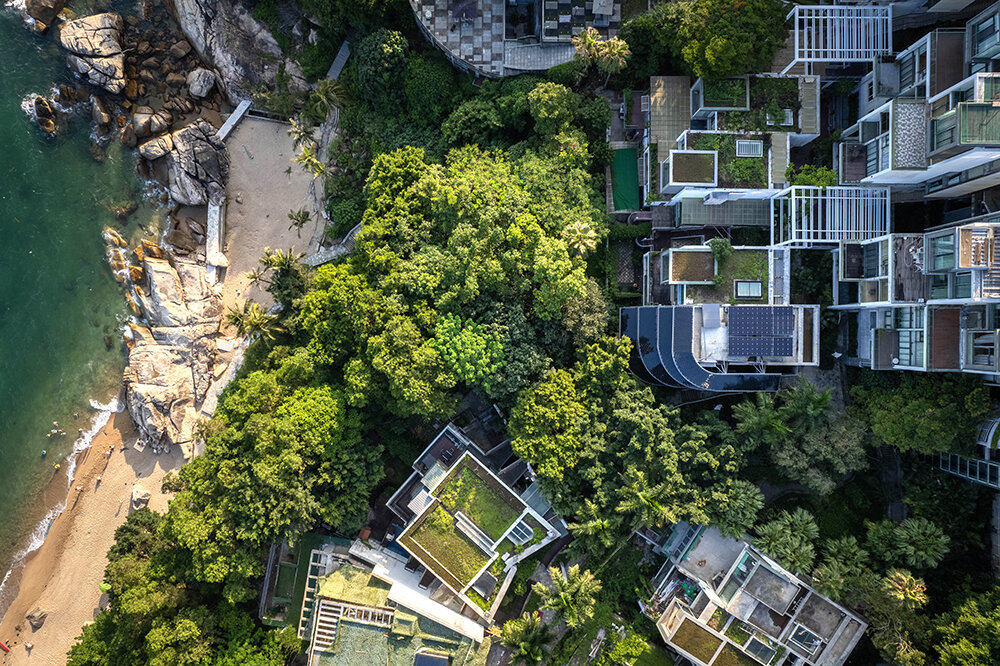
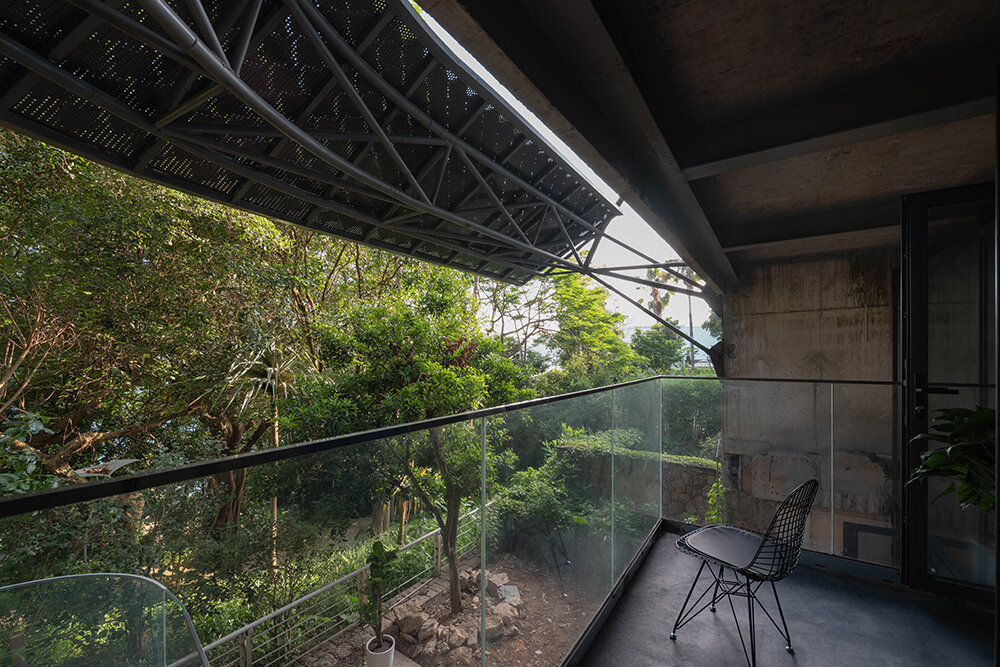
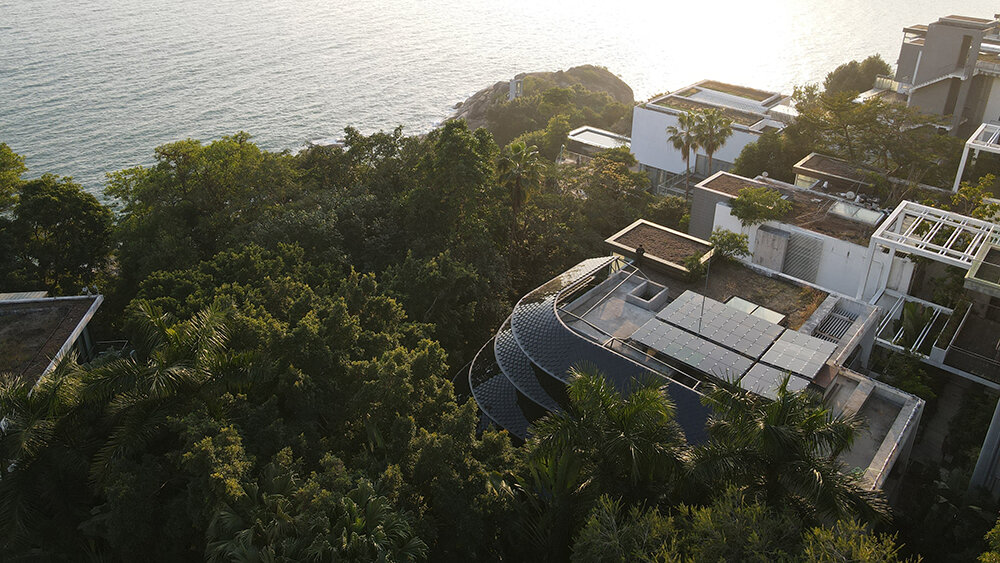
project info:
name: Positive Energy House
location: Longgang District, Shenzhen City
architecture: People’s Architecture Office | @peoplesarchitecture
principals: He Zhe, James Shen, Zang Feng
design team: Xu Jiaqi, Wang Chengchen, Yuan Yingzi, Anouchka van Driel, Lin Mingkai,
Zhang Meng, Yang Quanyue, Hou Yingqi, Huang Jia, Xie Ruoying
structural consultants: Liu Su/Beijing Shouan Architectural Structure Studio, Beijing Institute of Residential Building Design & Research Co., Ltd., Guangzhou Ruihua Architectural Design Institute Co., Ltd.
equipment consultants: Beijing Institute of Residential Building Design & Research Co., Ltd.
Guangzhou Ruihua Architectural Design Institute Co., Ltd.
photovoltaic design: Shenzhen SEG Longyan Energy Technology Co., Ltd.
construction: Shenzhen Bosheng Industrial Co., Ltd.
photographers: ZC Architectural Photography Studio, People’s Architecture Office / Wang Chengchen
design period: January – September 2021
completion date: May 2023
building area: 505 sqm
